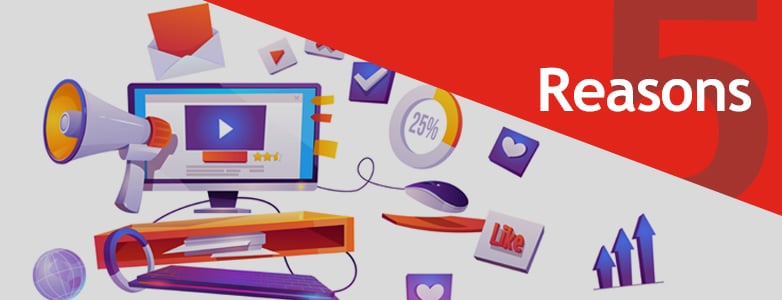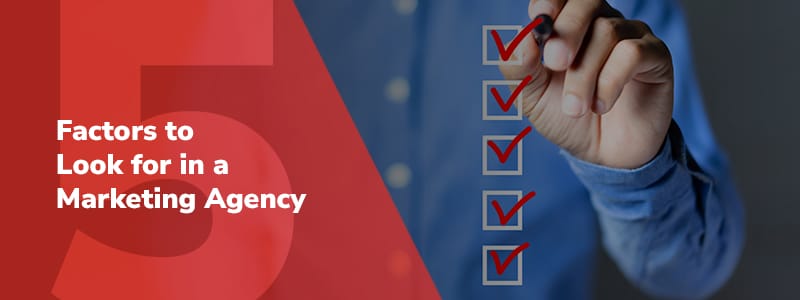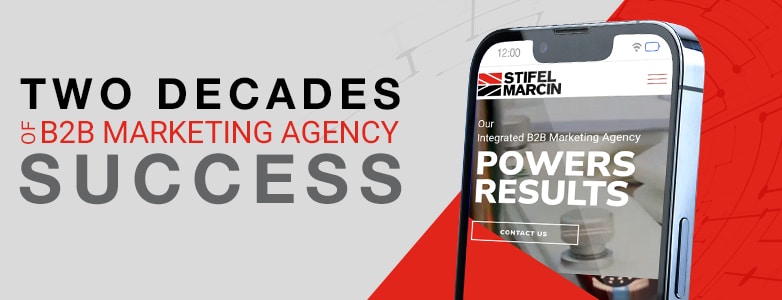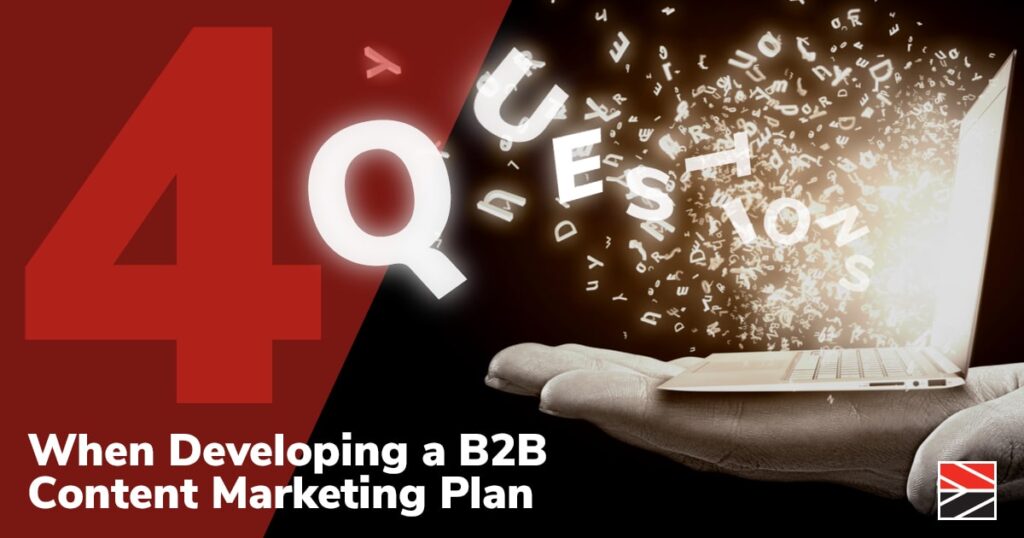Marketing Monthly Retainer: 5 Benefits & Considerations
If your business is thinking about outsourcing some or all of its marketing needs to an experienced agency like Stifel Marcin, you may have heard the term “marketing monthly retainer” and wondered if this type of agreement is right for you. Typically, businesses will enter a marketing retainer with an agency partner when considerations such as cost control, budgeting, ease of work, quick response from a dedicated team, and more, are paramount. At Stifel Marcin, while we can work on a per-project basis, we find when we develop on-going relationships with clients, we are able to optimize services and provide continuous advice to help you achieve your goals. Working with an agency that understands your business specifics, is aware of the assets available, and is already up-to-speed on your marketing strategies and goals can help efficiencies and results. A marketing monthly retainer establishes that partnership and defines the terms. And for busy marketing, sales and HR teams, knowing that an outside marketing agency is ready and able to assist can be crucial. Marketing Monthly Retainer Agreement Benefits There are many advantages when entering into a marketing retainer agreement with your chosen agency partner: 1. Clear Budget and Scope of Work Under a retainer agreement, a client will typically pay a fixed monthly or quarterly fee. The retainer will also define the number of hours dedicated to the client per month, with both parties agreeing upfront regarding identified needs and expectations. Think of this as budgeting made easy. You’ll know what you’re paying each month and your agency will develop a clear plan of action that stays within that budget. Your expert partners should understand how to optimize spend across every channel, increasing your ROI while achieving the best results. You also won’t need to go through contract creation and approval each time you need outside support. 2. Increases In-House Team Efficiencies Clients who outsource B2B marketing services often find that their internal team operates more effectively. If your company has engaged in a marketing retainer agreement, your staff has a clear understanding of what the agency will accomplish, typically with a clear plan of action established, freeing them to focus on the tasks that they do best. Collaborating with experienced specialists often saves both time and money, as your organization does not have to invest in more internal staff or tools to achieve results. 3. Access to Resources We often hear from clients about the challenge of keeping up with changing technology that marketing in 2022 requires, and their limited internal tools and budgets. Modern advertising and marketing have undoubtedly become more complex. There are more digital solutions to track customer behaviors and increasingly diverse touchpoints required in the B2B sales cycle. Working with a skilled partner like Stifel Marcin allows your company to benefit from the latest resources and tools, and the expertise needed to use them effectively, to generate leads and sales. When you have contracted with an agency using a marketing monthly retainer, you and your agency partner will have planned and budgeted, ensuring you have the right technology and resources for the full scope of work. 4. Collaborative and Consistent Support Working with a marketing agency on retainer provides regular access to experts (even when you might need them unexpectedly). This cooperative relationship allows the agency time to thoroughly get to know and understand your business, its goals and any changing needs and priorities over time. Your agency partner will take their deep knowledge of communications techniques and marketing trends to customize a plan that is unique to your needs and goals. With a consistent relationship comes increased understanding, efficiencies and support. Here at Stifel Marcin, we believe that collaboration drives successful results. Together, we can generate more ideas and solutions that help your brand grow. 5. Transparent Reporting Reporting is an important factor in building a trusted partnership. Certainly, as the client paying the monthly fee, you’ll want to understand how your budget is being spent and what results are being generated. Scheduled and detailed reporting allows for candid conversation about what is working, opportunities for improvement, suggested adjustments when necessary (based on data) and continued strategy planning. What Might a Marketing Retainer Cover? A marketing retainer agreement with an agency like Stifel Marcin may include services such as: • Marketing strategy• Search engine optimization (SEO)• Social media marketing• Content marketing• Paid advertising (PPC)• Email marketing• Web development• Performance analysis and more. Our integrated services help you plan and deploy effective marketing strategies and campaigns with the future of your business in mind. In many cases, we will artfully combine a variety of methods to meet your unique KPIs. When is a Marketing Retainer Not the Best Option? A marketing monthly retainer agreement is not the only possibility when partnering with an agency. A different contract agreement may be a better option if: • Your business has specific project-based needs with a specific timeline/completion goal, for instance the development of a new website. • Your organization does not have on-going/monthly marketing requirements or a sustainable budget. This is often the case for companies starting new marketing efforts that are working to build a core archive or marketing assets. • There is a budget for a specific spend/activity. If your budget is constrained to a particular marketing tactic, then a marketing retainer might not be for you. • You are not ready to make a full commitment. If it is the first time you are working with an agency partner or outsourcing services, a project-based contract with a defined timeline can be a better option to get to know the agency and evaluate the partnership. Read more about how to outsource B2B marketing services and ask questions about various agreement options during your agency research/RFP. A B2B Marketing Agency Partner Dedicated to Your Success When you work with Stifel Marcin, you are working with a team whose full-time job is to understand and reliably execute integrated strategies, including the services listed above. If you are considering working with a marketing agency for the first time or have questions regarding a
Marketing Monthly Retainer: 5 Benefits & Considerations Read More »








